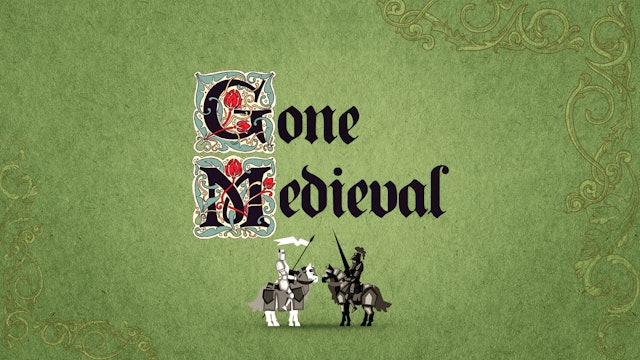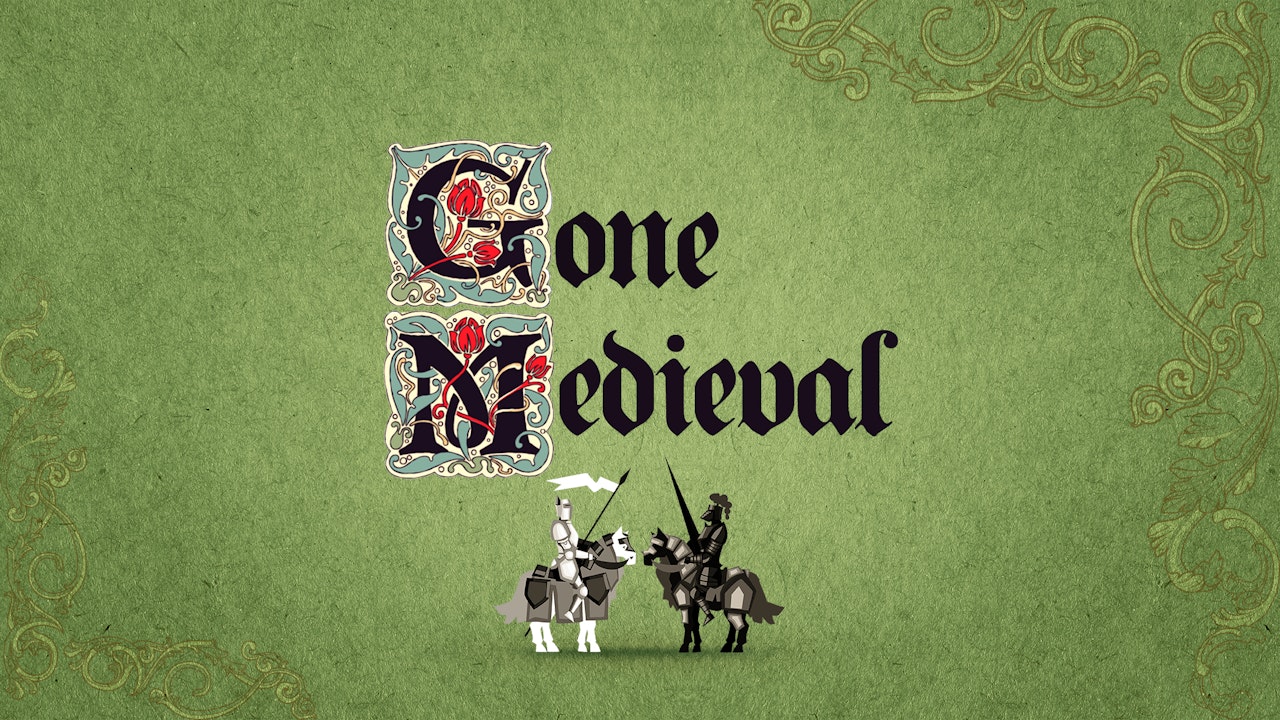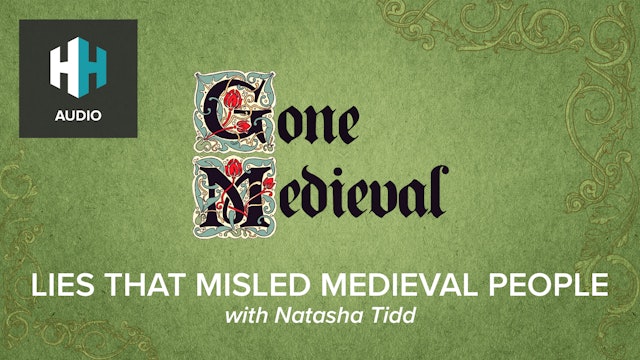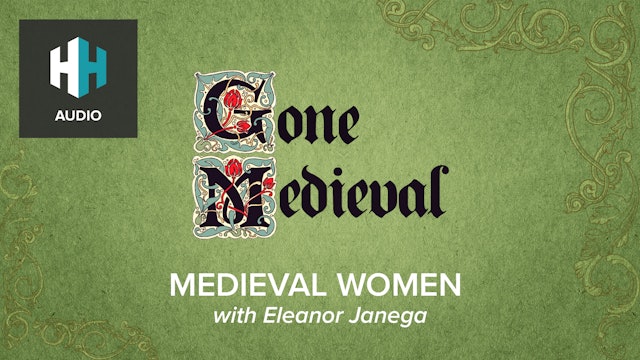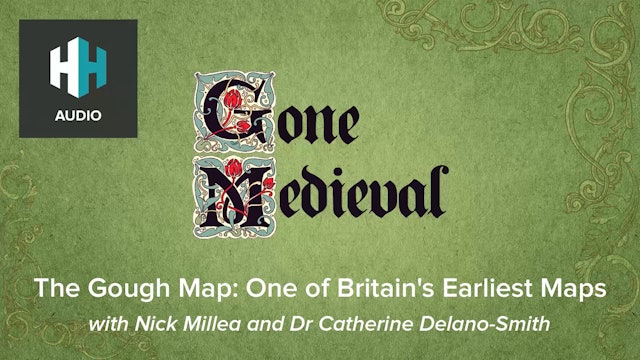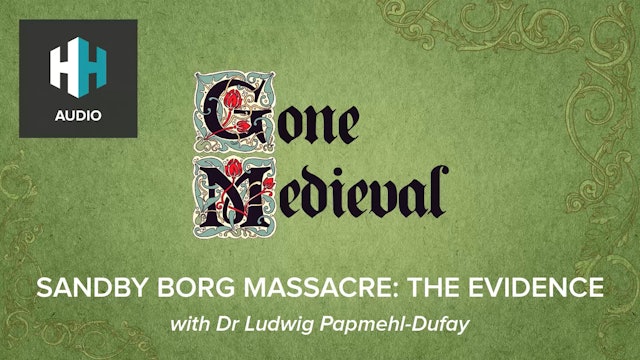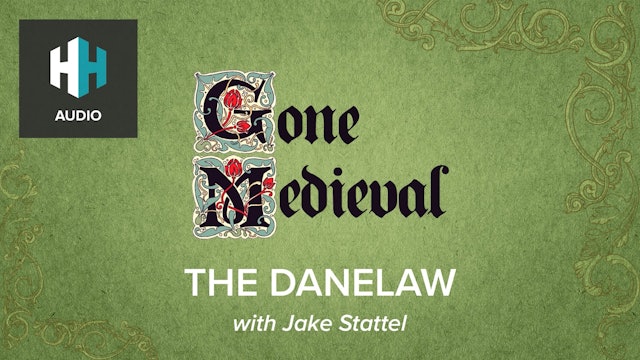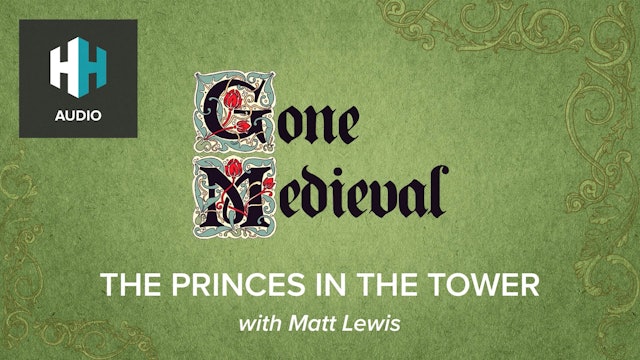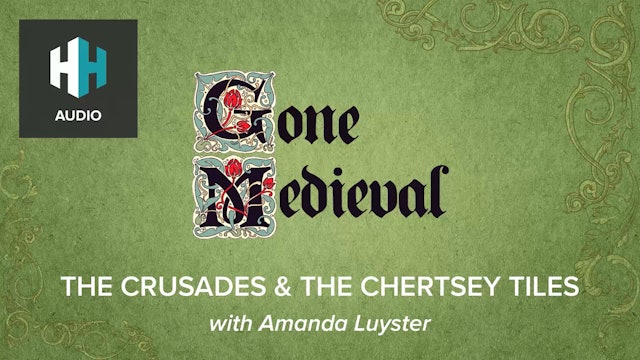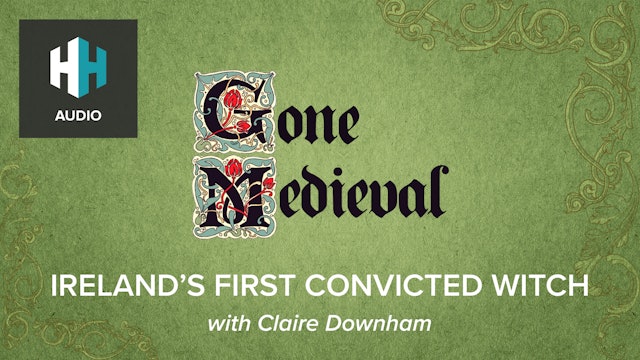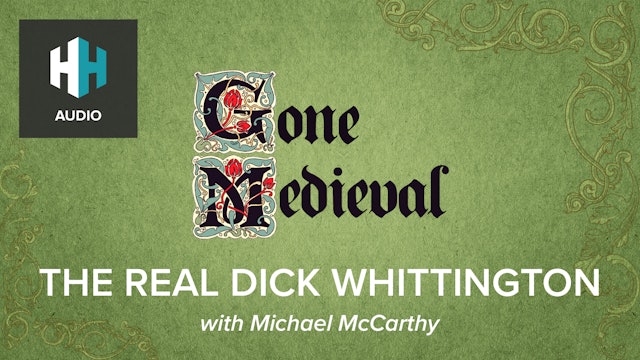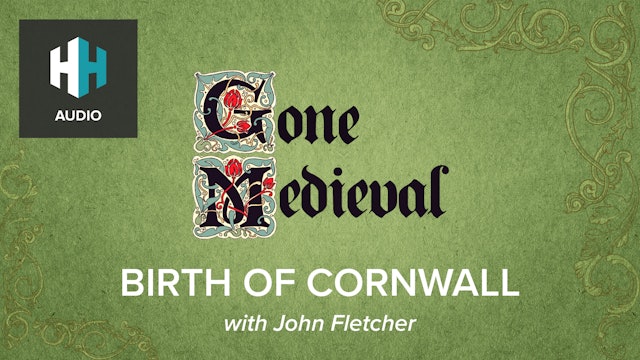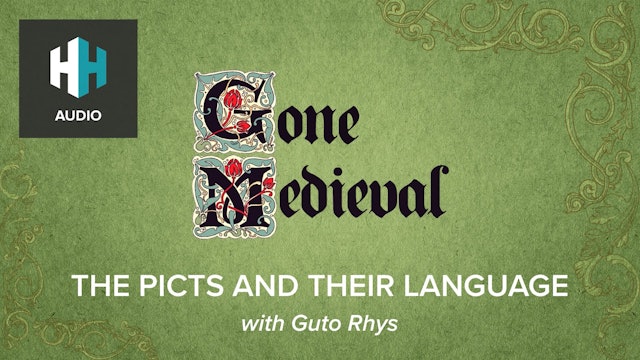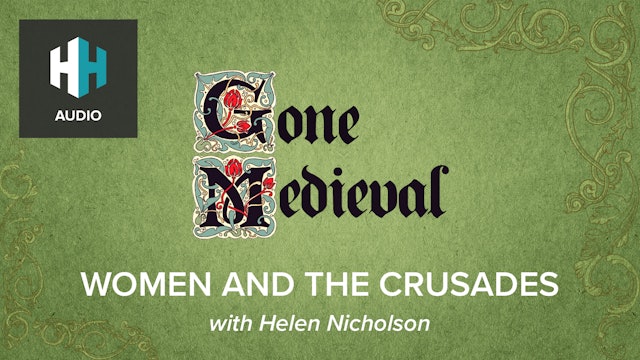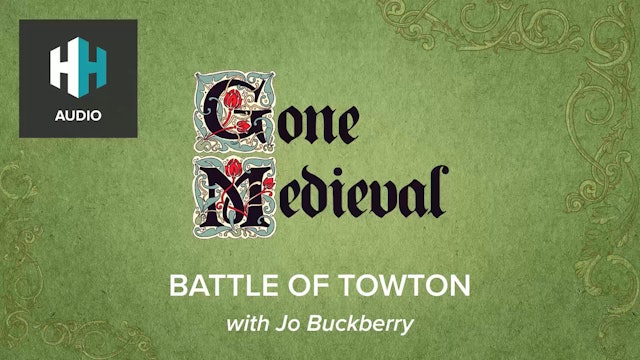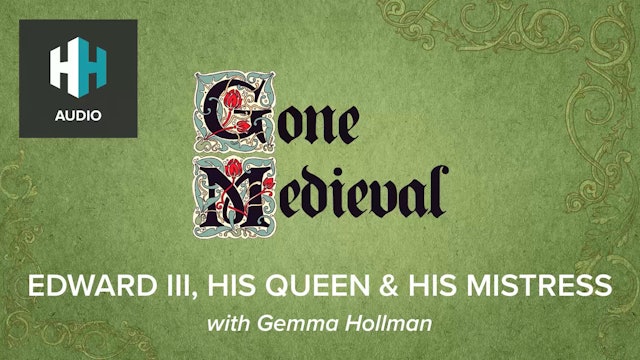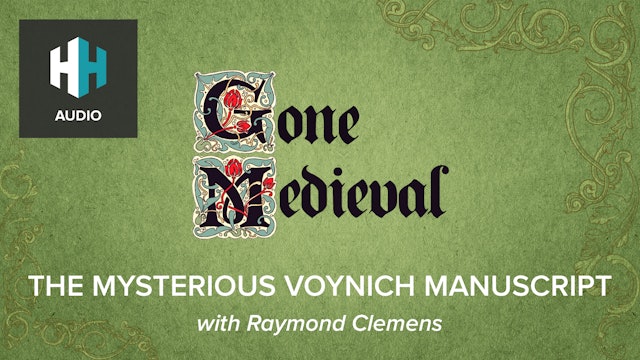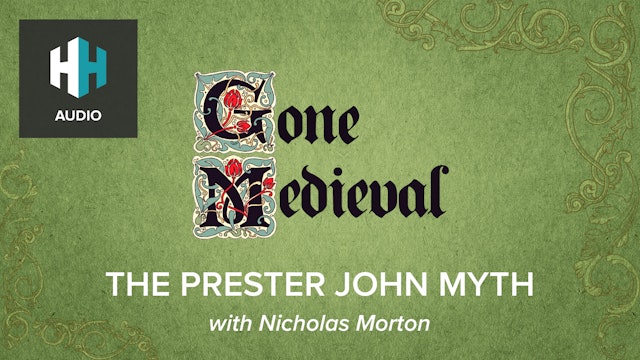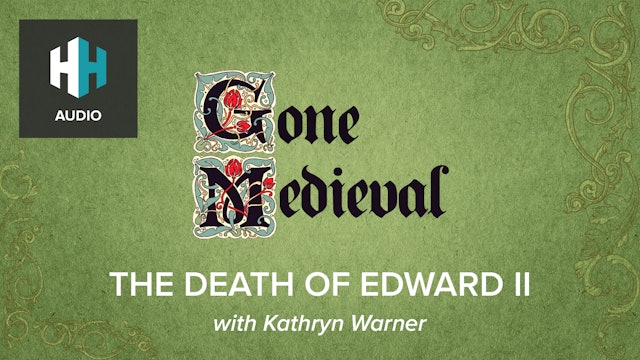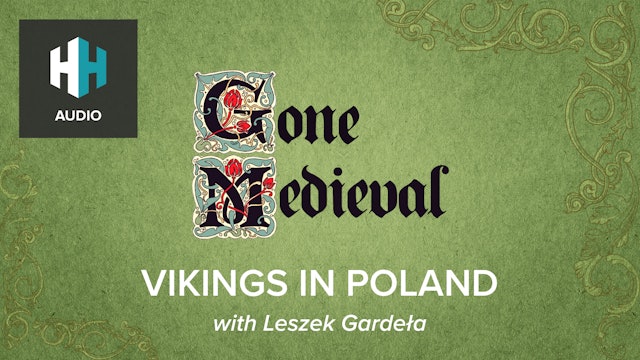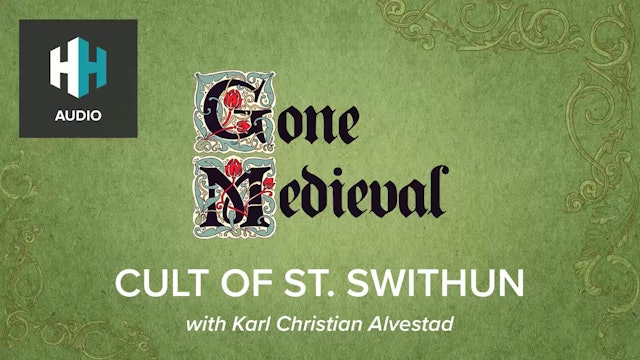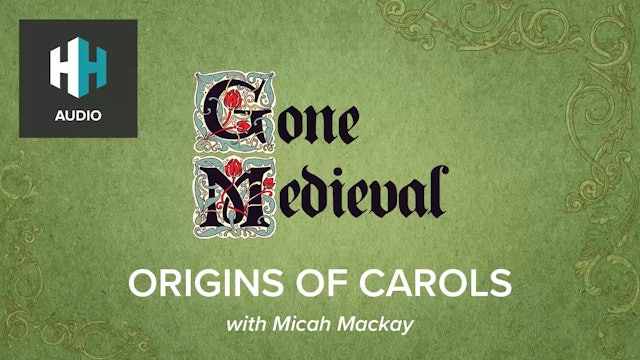🎧 Gone Medieval
Please note that we have retired putting podcasts on this app. We've migrated to providing all of our users with podcast RSS feeds for each series that are advert free and include all the bonus content. If you haven't yet got your RSS feed, please fill in this form: https://insights.historyhit.com/podcast-rss-feed
From long-lost Viking ships to kings buried in unexpected places; from murders and power politics, to myths, religion, the lives of ordinary people: Gone Medieval is History Hit’s podcast dedicated to the middle ages, in Europe and far beyond.
Listen to Gone Medieval advert free via your chosen podcast player: https://www.historyhit.com/dan-snow-timeline-rss-ad-free/
-
🎧 Lies that Misled Medieval People
Everyone lies from time to time but some lies have had particular influence on world events and even been a major factor in shaping history. In the Middle Ages, how did an outlandish book called The Travels of Sir John Mandeville create misconceptions about foreigners? And how did falsehoods pro...
-
🎧 Medieval Women with Eleanor Janega
What made for the ideal woman in the Middle Ages? In her new book The Once and Future Sex, Dr. Eleanor Janega looks at what beauty, sexuality, work and social status meant for medieval women. Despite the expectation of their primarily being mothers, they were also industrious farmers, brewers, te...
-
🎧 Erotic Medieval Poet: Gwerful Mechain
Wales in the Medieval period had a thriving bardic tradition and one poet is particularly fascinating. Gwerful Mechain lived in the second half of the fifteenth century. She left a body of work that is mostly religious, but sometimes very rude and irreverent.
In today’s episode of Gone Medieval,...
-
🎧 Vikings and the Rus’ in Medieval Ukraine
One year ago, Russia invaded Ukraine. While the invasion and subsequent war have largely been driven by modern geopolitics, the history of the two countries has also played a part, especially that of the medieval period.
In today’s episode of Gone Medieval Dr. Cat Jarman explains the relationshi...
-
🎧 The Gough Map: One of Britain's Earliest Maps
Maps. They are an essential part of modern life. But when and how did people in medieval Britain first start mapping their surroundings? The Gough Map was one of their first attempts. Compiled in the fifteenth century, it is the earliest known surviving map of Britain to be drawn on a distinct sh...
-
🎧 Sandby Borg Massacre: The Evidence
When archeologists uncovered a jewellery hoard buried beneath the Iron Age ring fort of Sandby Borg in 2010, their excitement was palpable. Yet little did they know that they had only scratched the surface. As they dug deeper they began to find the remains of a community that had been brutally sl...
-
🎧 The Monastery That Held Back The Vikings
For monks and monasteries in Anglo-Saxon England, obliteration by Vikings was a constant threat. Like Lindisfarne - first raided in 793 AD - religious houses were frequently preyed upon by marauding Danes searching for rich and easy pickings. But just how devastating were these raids? And were so...
-
🎧 The Danelaw
The Danelaw was the part of England where large numbers of Scandinavians settled between the 9th and 11th centuries, and where Danish rather than English law was followed. Its set of legal terms and definitions was created in the treaties between Alfred the Great and the Danish warlord, Guthrum.
... -
🎧 The Princes in the Tower
Matt Lewis concludes his four special episodes on medieval mysteries with perhaps the most enduring historical enigma of them all.
For more than 500 years, people have speculated about the disappearance of King Edward V - aged 12, and his nine-year-old brother Richard of Shrewsbury, Duke of York...
-
🎧 The Crusades and the Chertsey Tiles
The largest group of tiles in The British Museum was found at the site of Chertsey Abbey in Surrey. These fragmented floor tiles depict the fictional killing of Sultan Saladin during the Crusades by Richard the Lionheart. Groundbreaking technological research has now revealed what the tile fragme...
-
🎧 Ireland's First Convicted Witch
In 1324, Alice Kyteler became the first woman in Britain and Ireland to be tried for witchcraft. Married to four different husbands - all of whom died in suspicious circumstances - Alice was accused of murder, heresy and having carnal relations with the devil. But was she guilty? Or just another ...
-
🎧 The Real Dick Whittington
Dick Whittington - who died 600 years ago this month - is a familiar name to generations of pantomime goers. But Richard Whittington’s real life was far more compelling than the theatrical story suggests. He was a civic reformer, an enemy of corruption, the author of an extraordinary social legac...
-
🎧 Birth of Cornwall
In the fifth century, Western Europe began remaking itself in the turmoil that followed the collapse of the Roman Empire. In south-west Britain, old tribal authorities and identities reasserted themselves and a ruling elite led a vibrant and outward-looking kingdom - today’s Cornwall - with trad...
-
🎧 The Picts and their Language
The Picts who lived in what is now northern and eastern Scotland in the Early Medieval period spoke the Pictish language. But for centuries, the origins of Pictish have been hotly debated.
In this episode of Gone Medieval, Dr. Cat Jarman finds out all about the Picts and their language, and what...
-
🎧 Women and the Crusades
Women were an integral feature of the crusade movement. They were not only sometimes participants on the battlefields but also played their part recruiting crusaders, and supporting the effort with patronage, propaganda, and prayer.
In this episode of Gone Medieval, Matt Lewis talks to Professo...
-
🎧 Battle of Towton
What do skeletal remains from the fifteenth century tell us about one of the largest and bloodiest battles of the Wars of the Roses? The Battle of Towton — fought on 29 March 1461 in North Yorkshire — was a decisive victory for the Yorkists over the Lancastrians, resulting in Edward IV taking the...
-
🎧 Origins of Treason in England
First defined in law in 1352, treason remains one of the most serious crimes a person can commit. And, remarkably, the core of the original Treason Act remains in force and relatively unchanged today.
A fascinating exhibition at the National Archives is offering a unique selection of letters, pa...
-
🎧 Edward III, His Queen & His Mistress
Edward III wed Philippa of Hainault when they were both teenagers. It was a marriage of deep affection lasting 41 years. But when Alice Perrers entered court as a young widow, she caught the eye of the ageing king as Philippa’s health declined.
In this episode of Gone Medieval, Matt Lewis talks...
-
🎧 The Mysterious Voynich Manuscript
Matt Lewis continues his Mystery Month on Gone Medieval with another tantalising enigma of the Middle Ages - possibly the most mysterious manuscript that exists anywhere in the world. Carbon-dated to the early 15th century, the Voynich manuscript is hand-written in an unknown script, embellished ...
-
🎧 The Prester John Myth
Matt Lewis continues his Mystery Month on Gone Medieval with another tantalising enigma of the Middle Ages - the legendary figure of Prester John.
There’s a long history to the myth that “out there” in the east, a pious and noble Christian king ruled over a mighty kingdom — filled with strange be...
-
🎧 The Death of Edward II
January 2023 is Matt Lewis’s Mystery Month on Gone Medieval and for his first foray into the unsolved enigmas of the Middle Ages, Matt looks into the death of King Edward II.
Most historians agree that Edward died at Berkeley Castle in Gloucestershire on 21 September 1327, but some think he may...
-
🎧 Vikings in Poland
Poland is not normally thought of as an important part of the Viking world. But as a key geographical location on the Baltic Sea, it was in fact a crucial meeting point between east and west. So what kind of presence did the Vikings have in Poland? And what was the connection between the region a...
-
🎧 Cult of St. Swithun
According to tradition, if it rains on Saint Swithun's bridge in Winchester on St. Swithun’s day — 15 July — it will continue for 40 days. But who was the real Swithun? And why has his historical importance as an Anglo-Saxon bishop of Winchester been overshadowed by his reputation as a miracle ...
-
🎧 Origins of Carols
The Christmas carols we sing each year have their roots in medieval church music. But as Matt Lewis finds out in this episode, carols were not just for Christmas but could be sung in different settings all your round.
To find out the origins of carols, Matt talks to Micah Mackay, who is a doctor...

